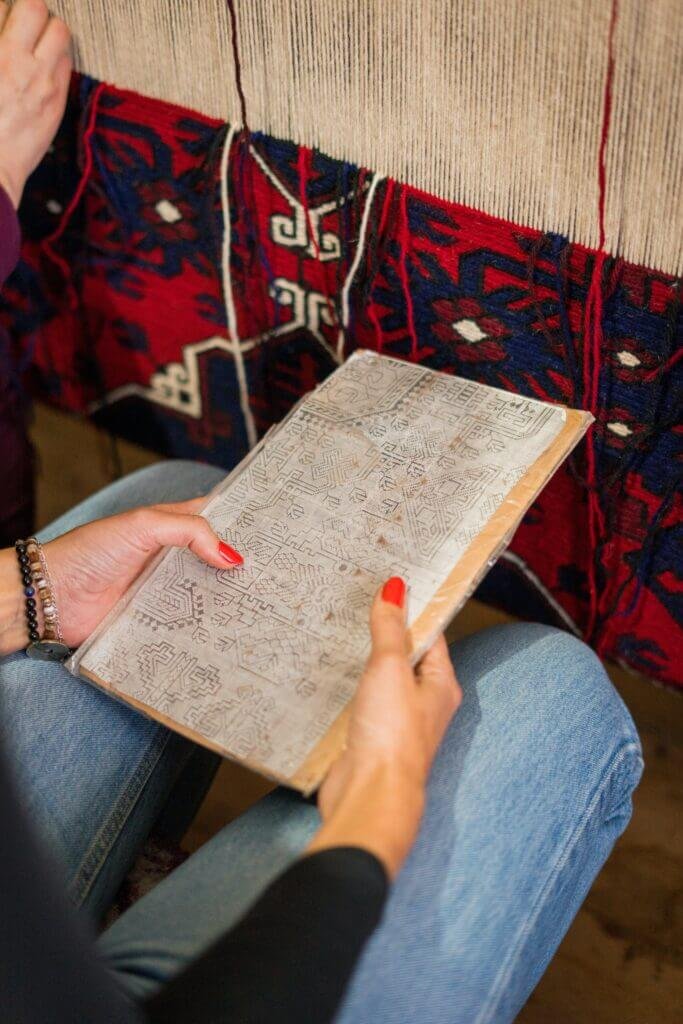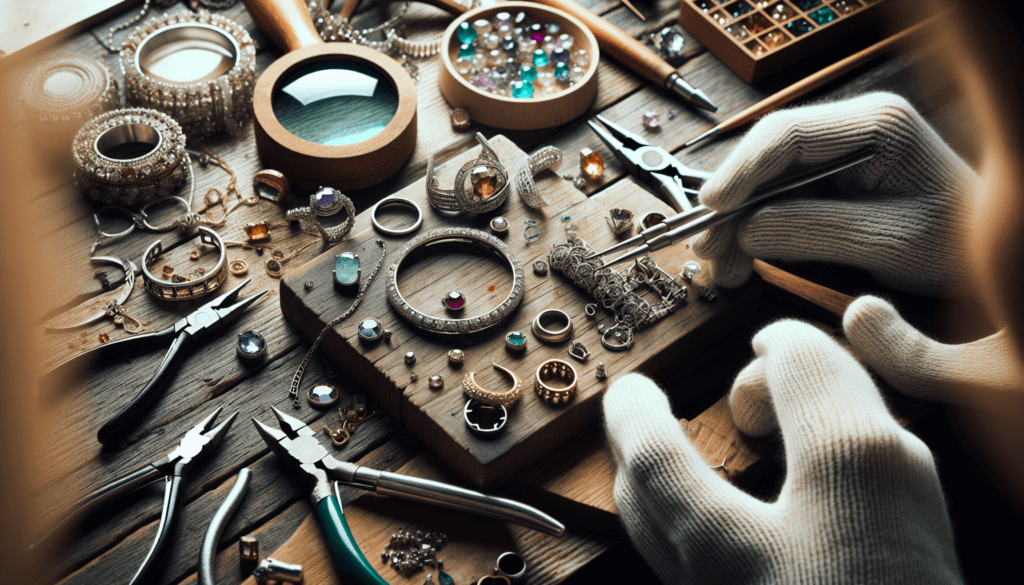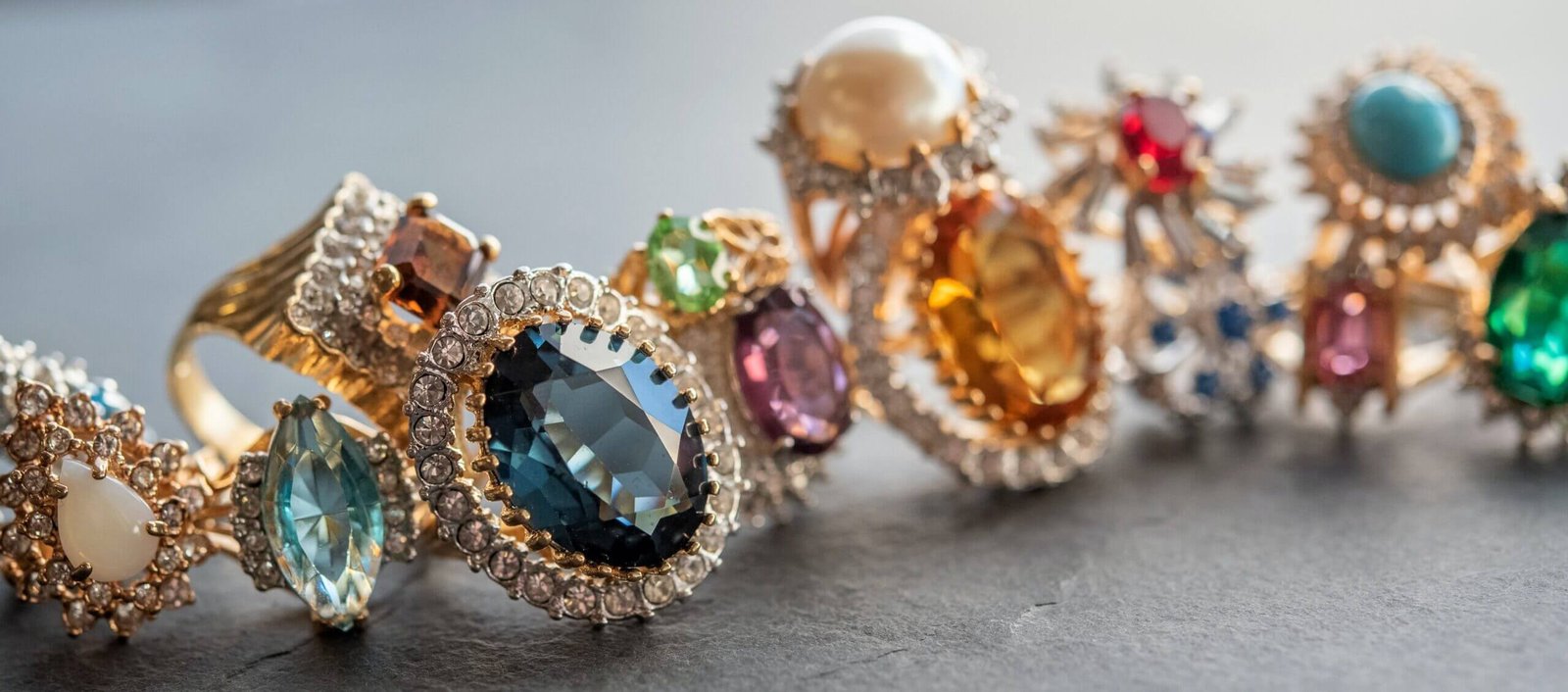Unraveling the mystery behind the high cost of handmade jewelry, this article unravels the layers that elevate its worth. As you explore, you will find a wealth of reasons, from the time-consuming manufacturing process, the painstaking craftsmanship, and the exceptional quality to the unique design and intrinsic value, that justify the price tag on these special pieces. It’s an illuminating read that promises to deepen your appreciation for every handmade ring, pendant or earring in your jewelry box.

Understanding the Value of Handmade Jewelry
When you encounter the term “handmade jewelry,” what comes to your mind? A sign of rarity, uniqueness maybe, or perhaps the mark of an artisan’s dedication poured into each piece. It’s important for you to grasp the value embedded in every handmade piece of jewelry, and just why they hold a special place in many hearts.
The concept of handmade products
Handmade products, as the term implies, are items crafted by hand, rather than through automated mass-production methods. These are the products that have seen countless hours in their creation, painstakingly designed, assembled and polished by skilled hands.
Why handmade products are generally more expensive
Handmade products come with a price tag that is often higher than mass-produced goods. Their cost reflects not just the material used but also the time, effort, and expertise of the artisan. Every single element in a piece of handmade jewelry, being meticulously selected and worked on, contributes to its higher price.
The importance of supporting artisan work
By purchasing handmade jewelry, you are supporting the craftsman’s skill, passion, and livelihood. It helps small businesses thrive, contributes to the sustainability of crafts and traditions, and encourages the continuance of unique craftsmanship.
Materials Used in Handmade Jewelry
Handmade jewelry stands out in part due to the sheer quality of the materials employed in their production.
Choosing quality materials
Artisans prefer selecting high-quality, authentic materials to ensure the jewelry’s durability and aesthetic value. When it comes to handmade jewelry, you are often investing in prime materials like pure silver, gold, ethically sourced diamonds or gemstones.
The cost of materials
The materials utilized in handmade jewelry significantly influence its price. High-quality materials come with a premium price – a crucial aspect to consider when you see the price tag.
Sourcing ethical and sustainable materials
Handmade jewelry often stems from ethical and sustainable sources. A deep-rooted hallmark of many artisan jewelry makers is their commitment to responsible sourcing, which can also contribute to the overall cost of handmade jewelry.

The Time and Effort Spent on Craftsmanship
Time, effort, and skill applied to creating handmade jewelry is a significant part of its value.
Detailed processes involved in making handmade jewelry
The process of crafting handmade jewelry is like weaving a story. Each piece requires meticulous attention to detail in design, the cutting of gemstones, assembling, and polishing, which can be time-consuming and complex in comparison to automated systems.
Time consumption of creating unique pieces
Handmade jewelry may take hours, days, or even weeks to finish a single piece, depending on complexity. This attention and dedication to a single item inevitably invites a higher price.
Skilled labor cost
Artisans have honed their skills over years or even decades. Therefore, when buying handmade jewelry, part of the cost goes to compensating their skilled labor, expertise, and unique talents.
The Unique Designs of Handmade Jewelry
Innovation and creativity in designs
With handmade jewelry, you get the privilege of owning something beautifully unique. Each design reflects the artisan’s personal creative journey, bringing fresh concepts, innovative use of materials, and bold artistic vision.
Originality and rarity of handmade designs
Handmade pieces inherently possess originality and rarity. Unlike mass-produced pieces, handmade designs often exude a distinctive charm shaped by the personal style and inspiration of the artisan.
Making custom orders
Custom orders are a significant appeal of handmade jewelry. They provide an opportunity for you to personalize a design, making it truly your own, or creating a memorable gift for a loved one.

The Durability and Longevity of Handmade Jewelry
Built to last
Handmade jewelry, built with quality materials and through skilled craftsmanship, is durable and enduring. These are pieces that are constructed to last, often becoming cherished heirlooms.
Repair and maintenance of the jewelry
The artisan who created your piece of jewelry can often repair or maintain it. This personal after-service is another factor that adds to the great value of handmade jewelry.
Investing for the long term
One appealing factor of handmade jewelry is its potential to be a long-term investment. The excellent craftsmanship combined with the use of high-end materials can ensure an appreciation of its value over time.
The Emotional Connection in Handmade Jewelry
Personal touch in each piece
Each piece conveys a certain personality, a narrative, and a soul. That’s a level of emotional investment that mass-produced jewelry often can’t match.
Story and history behind every piece
There’s often an intimate story or a piece of history behind each handmade piece, tying you, the wearer, to the artisan, creating a bond far more personal than store-bought, machine-made trinkets.
Connecting buyers and makers
Handmade jewelry fosters a personal connection between the buyer and the maker. You’re not just buying a piece of jewelry; you’re investing in a craftsman’s passion and supporting their livelihood.

Handmade Jewelry Versus Mass-Produced Jewelry
Quality over quantity
Handmade jewelry embodies quality over quantity. Each piece is a unique work of personal expression and artistry, unlike mass-produced jewelry, which often sacrifices quality for volume.
The impact on the environment
Handmade jewelry often has less impact on the environment relative to mass-produced items. Artisans tend to follow sustainable practices and source responsibly, making handmade jewelry a more eco-friendly choice.
Economical implications of mass production
Mass production might make jewelry more affordable, but it doesn’t support our communities or local economy as buying handmade does. Investing in handmade jewelry is also investing in small businesses and local artisans.
The Luxury of Handmade Jewelry
The exclusivity factor
Handmade jewelry offers an exclusive touch that luxury consumers crave. Their unique, one-of-a-kind quality ensures you’re not merely following a trend, but making an individual style statement.
Appeal to luxury consumers
For luxury consumers, the appeal of handmade jewelry lies in the blend of artisanal skills, unique designs, and high-quality, ethically sourced materials, which aligns with their desire for exceptional and sustainable products.
High-end materials and techniques used
Often featuring high-end materials and advanced techniques, handmade jewelry is frequently marked as a luxury item. It signifies the maker’s competence in crafting a high-end product that buyers can trust.

Understanding Price Points of Handmade Jewelry
Pricing strategies of artisans
Artisans often employ a pricing strategy that accounts for their time, efforts, material cost, and craftsmanship. Recognizing this helps you understand why handmade jewelry might command a higher price point.
Factors influencing the price of handmade jewelry
The price of handmade jewelry reflects not just the cost of materials employed, but also the artisan’s expertise, the time taken to create the piece, the design complexity, and even the brand’s market positioning.
The value for money proposition
Handmade jewelry offers a fantastic value-for-money proposition. While the initial cost may seem high, the quality, uniqueness, and longevity of these pieces provide incredible value over the long term.
Appreciating the Beauty of Handmade Jewelry
Eye for detail and intricacy
Handmade jewelry thrills with its attention to detail and intricate designs that are often absent in mass-produced pieces. It’s this observable dedication to detail that makes each artisan piece a work of art.
Appreciating the skill of the artisan
When buying handmade jewelry, you gain an appreciation for the artisan’s talents, skills, and the time they’ve taken to produce a beautiful piece of wearable art.
Investment in a unique piece of artisanal work
Investing in handmade jewelry is more than just acquiring a piece to wear. It’s about owning a unique creation with its own story, directly supporting an artisan’s craft, and promoting sustainability and ethical sourcing practices. Your understanding and appreciation fuel these beautiful creations and the artisans behind them.



